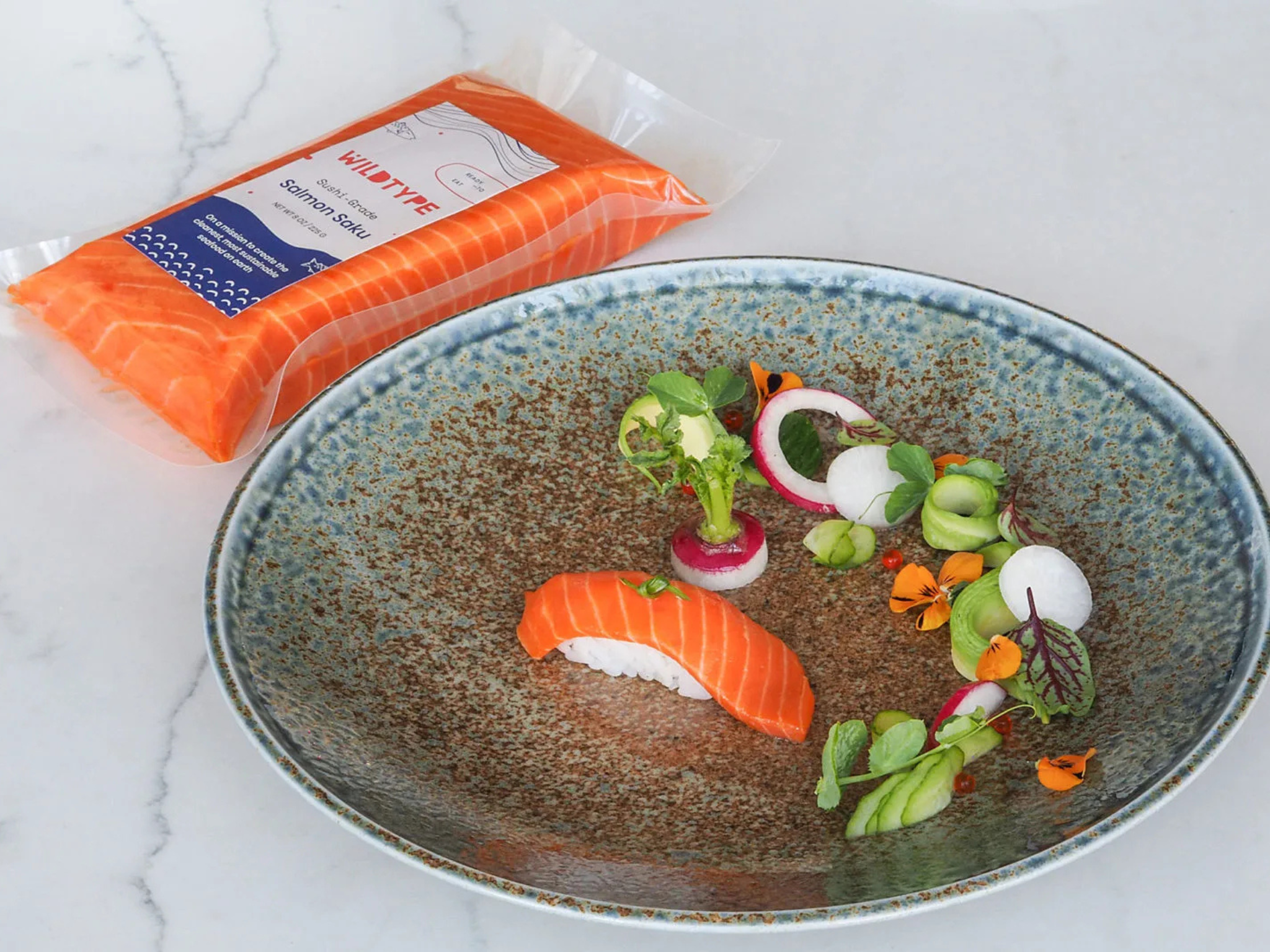
San Francisco startup Wildtype has become the world’s first startup to get US regulatory approved to sell cultivated seafood, with its salmon now on the menu at Kann in Portland, Oregon.
Cultivated seafood has cruised to become a reality.
US startup Wildtype has received regulatory approval from the US Food and Drug Administration (FDA) to sell its sushi-grade cultivated salmon in the country. It is now available at Kann, James Beard Award winner Gregory Gourdet’s live-fire Haitian restaurant in Portland, Oregon.
“We have no questions at this time about Wildtype’s conclusion that foods comprising or containing cultured coho salmon cell material resulting from the production process defined in [its application] are as safe as comparable foods produced by other methods,” the FDA said in a scientific memo.
It concludes a process that began three summers ago and required eight amendments as the startup’s process evolved and the regulator worked to confirm the safety of cell-cultured salmon.
“Cultivated seafood, apart from catfish, is regulated solely by the FDA; there is no subsequent USDA step as there is for chicken and beef,” Wildtype co-founders Aryé Elfenbein and Justin Kolbeck told Green Queen in an email.
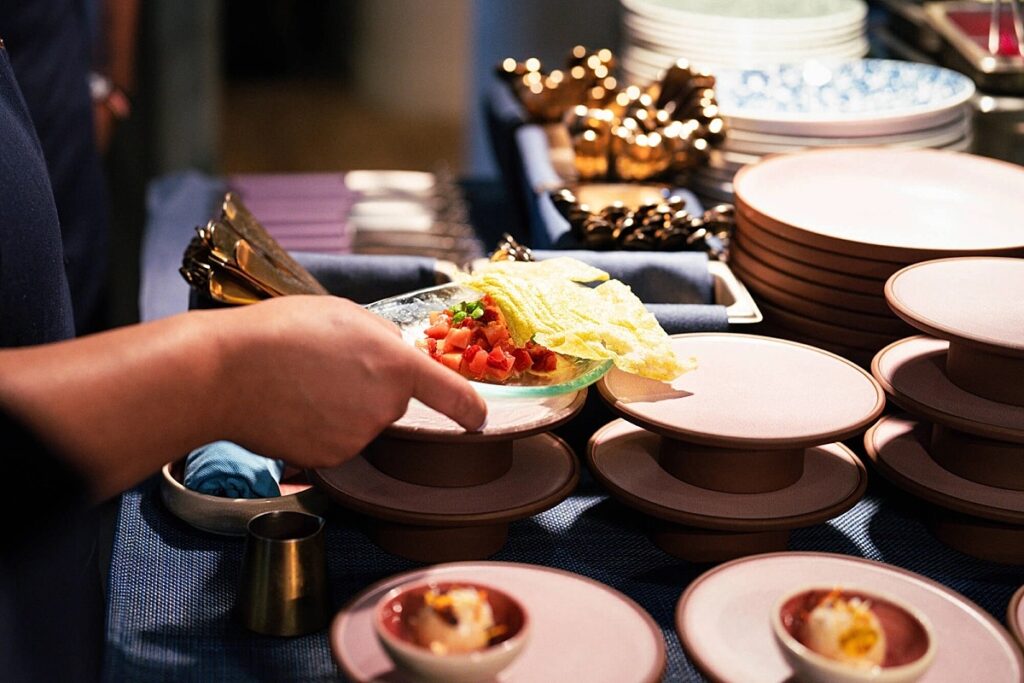
That cleared the way for Wildtype to begin offering its salmon to restaurants immediately. “Regarding the timing of our Kann launch, Wildtype salmon is on the menu now,” the founders confirmed. “It is available on Thursdays in June, and every day starting July.”
Backed by the likes of Robert Downey Jr, Leonardo DiCaprio and Jeff Bezos, the startup is preparing launches with four other restaurants over the next four months. “Our plans for retail launch will follow our launch in foodservice,” they revealed.
It is the fourth cultivated protein firm to be allowed to sell in the US, and the third with full approval. Fellow Californian startup Mission Barns secured the FDA letter for its cultivated pork fat in March, though it is still awaiting USDA authorisation for its pilot plant and product labelling.
How Wildtype makes its cultivated salmon
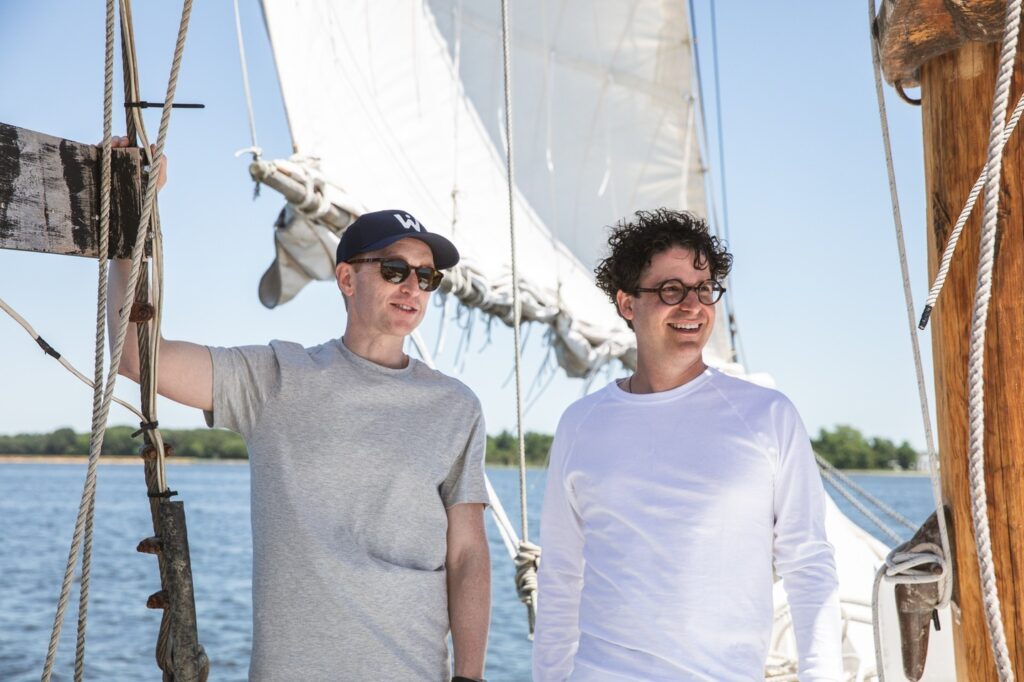
Elfenbein and Kolbeck founded Wildtype nearly a decade ago, working to commercialise cultivated coho salmon saku, the most expensive part of the fish. Some populations of this species are either threatened or endangered, necessitating innovations like cellular agriculture.
Wildtype obtains living cells from Pacific salmon, which are adapted to suspension culture. They are grown in tanks similar to those used to make beer or kombucha, under temperature and pH conditions that wild fish thrive in, alongside a nutrient mix containing proteins, sugar, fat, salt, and minerals like iron and zinc.
The cells are harvested using bowl centrifugation, washed three times with a water and sugar solution, rapidly cooled using blast chillers, and stored frozen. They’re mixed with certain plant-based ingredients to replicate the structure and texture of conventional salmon, and the resulting product is used in raw sushi preparations like sashimi and maki.
“The composition of Wildtype salmon has always included cells as the primary ingredient after water,” Elfenbein and Kolbeck said, but did not confirm which other ingredients are used.
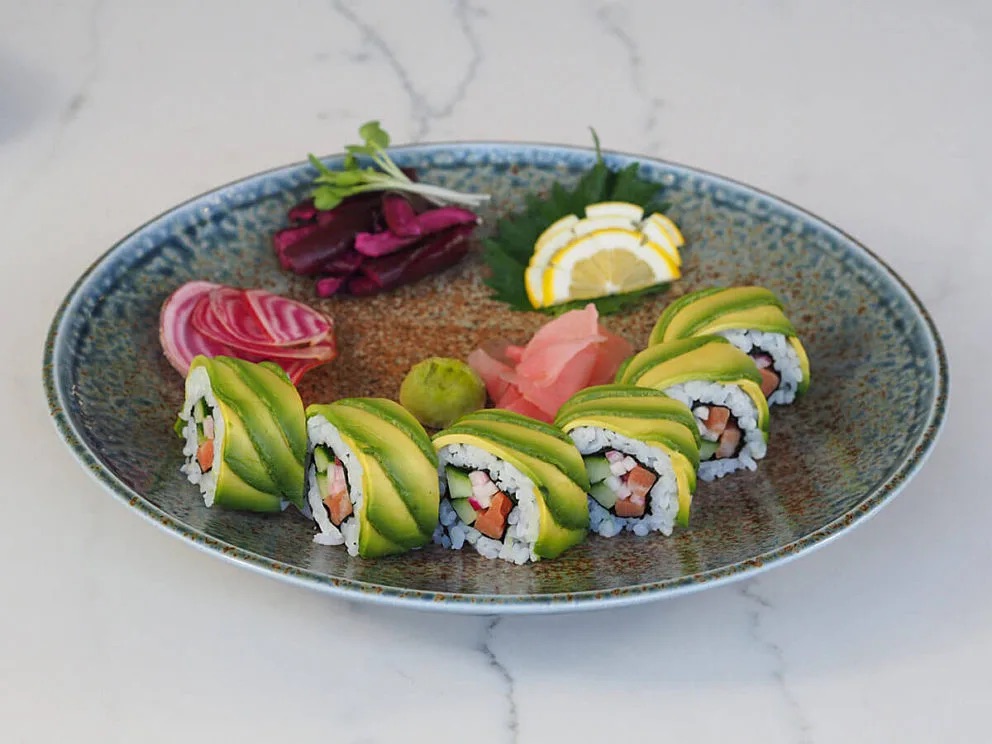
In 2021, Wildtype opened a pilot-scale Fishery in San Francisco’s Dogpatch neighbourhood. At the time, it had the ability to produce 50,000 lbs of seafood per year, which could be expanded to 200,000 lbs at maximum capacity.
The firm has held numerous tasting events for its coho salmon across the US, teaming up with chefs like José Andrés, Rose Ha, and Adam Tortosa to rave reviews.
“You would have to tell someone that the Wildtype lox wasn’t conventional for them to suspect it was anything different,” suggested Brian Cooley, a technology expert who spent nearly three decades as CNET’s tech editor.
He tried the salmon as part of a $24 bagel at a pop-up event at Loveski Deli in Marin County, California earlier this year. “I think it’s actually better than conventional lox because it doesn’t have the occasional gristle or silverskin you find in conventional products,” he told Green Queen.
A ‘watershed moment’ for seafood and cultivated proteins
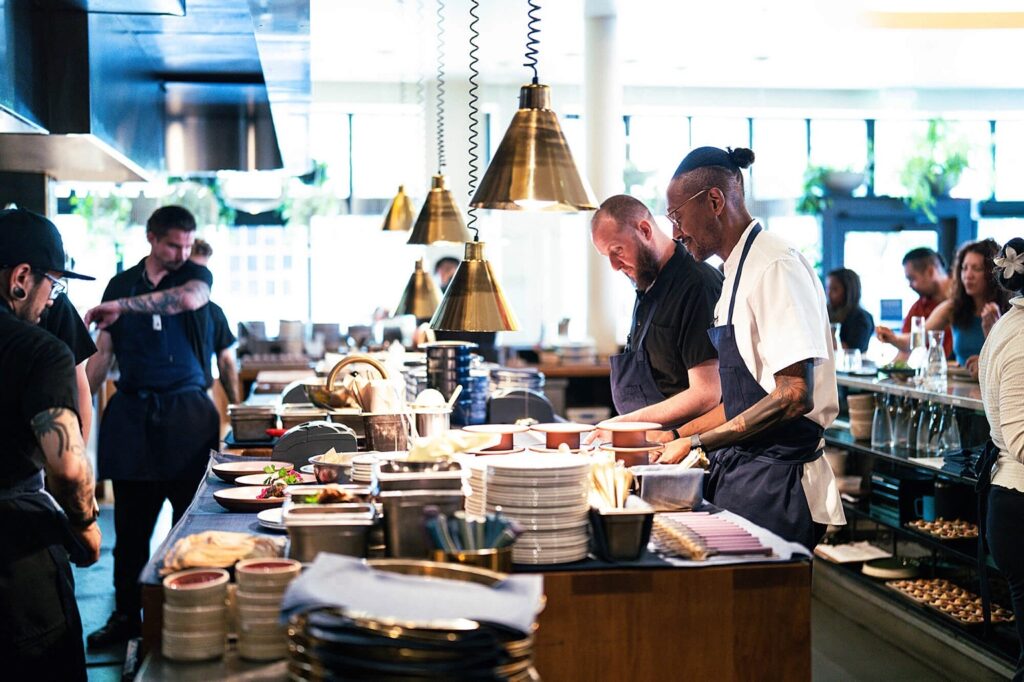
At Kann, Wildtype’s salmon is paired in a summery dish with pickled strawberry, spiced tomato, strawberry juice, and an epis rice cracker.
“We take pride in the ingredients we utilise,” said Gourdet. “Introducing Wildtype’s cultivated salmon to our menu hits the elevated and sustainable marks we want our menu to offer guests who share a similar value system to ours.”
It is a milestone for the alternative seafood industry, which has long been an afterthought to beef, chicken, and pork analogues. There are several startups working on cultivated seafood, including BlueNalu and Umami Bioworks; Wildtype’s approval will likely usher them to advance their commercialisation efforts.
It has become the seventh cultivated protein company to have received some form of regulatory clearance. That list comprises Eat Just‘s Good Meat (in Singapore and the US), Upside Foods and Mission Barns (both in the US), Aleph Farms (in Israel), Vow (in Singapore, Australia and New Zealand), and Meatly (in the UK). Regulators in the EU, Switzerland, Australia and Thailand are evaluating applications too, and judging from its inventory, the US FDA seems to have received at least four others.
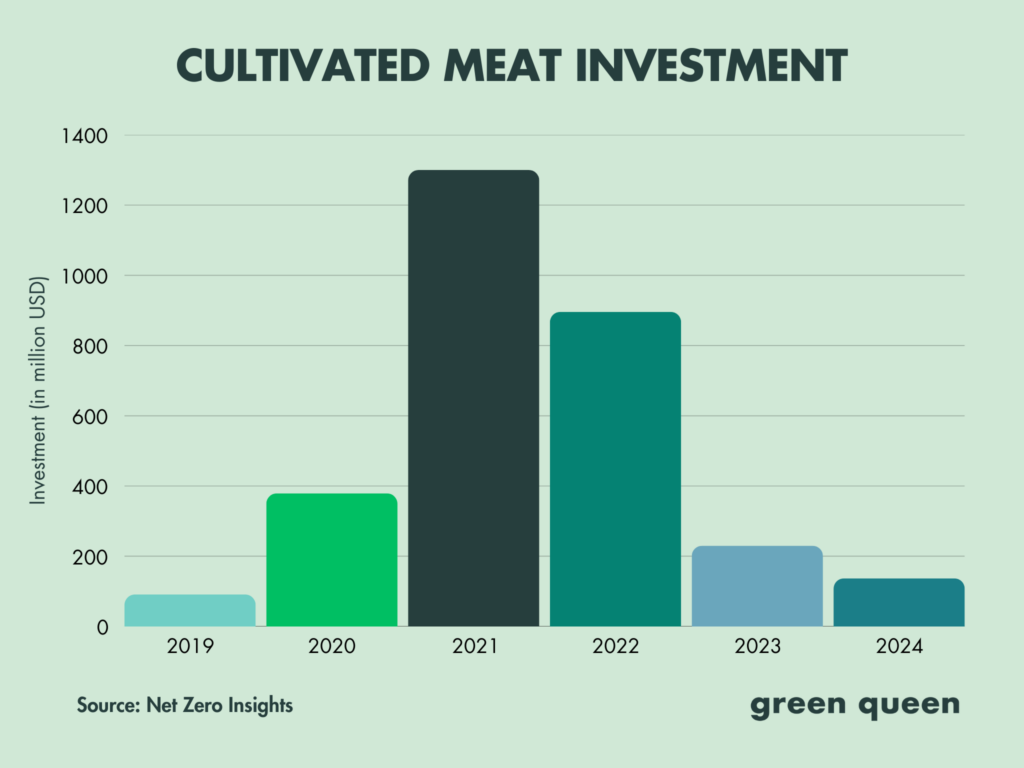
It comes at a time when cultivated meat faces both financial and political upheaval. After VCs pumped $1.3B into the category in 2021, investment has dipped dramatically. In 2023, funding fell by 75%, followed by another 40% drop in 2024, reaching just $139M. It means that in the last three years, this sector has cumulatively raised less money than it did in 2021 alone.
Wildtype itself has raised $120M, most of which came in a $100M Series B round in 2022. But its founders did not respond to a question about its fundraising plans now.
Meanwhile, a host of legislative efforts to ban or restrict cultivated meat in the US and Europe are ongoing. Italy decided to ban these proteins in 2023 (before other EU attempts were thwarted), as have six states in the US, including Florida, Alabama and Nebraska. Several other states have floated similar bills in the current legislative session.
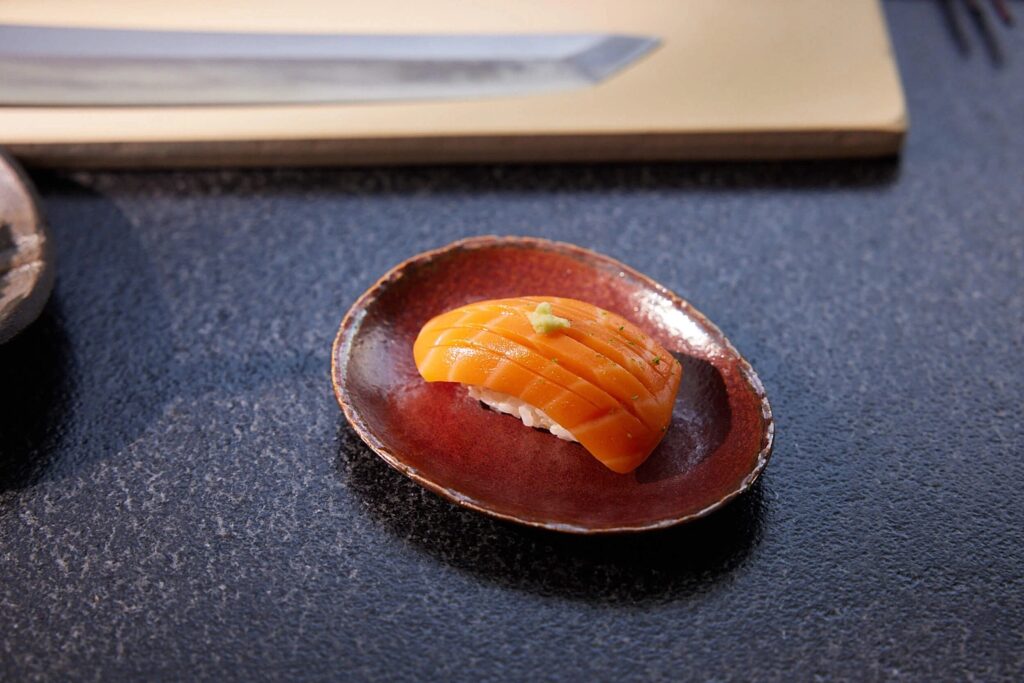
“Wildtype’s achievement is a watershed moment for domestic seafood production and for the cultivated protein industry overall,” said Dr Suzi Gerber, executive director of the Association for Meat, Poultry, and Seafood Innovation, a cellular agriculture trade group.
“The thoughtful, evidence-driven review proves that innovative food technologies meet the highest safety standards, and can play a vital role in healthy American diets, while strengthening our food system’s domestic production and resilience, supporting the president’s executive order to expand seafood production in the US,” she added.
The post Wildtype Cultivated Salmon Gets FDA Approval, Now on US Menus appeared first on Green Queen.
This post was originally published on Green Queen.